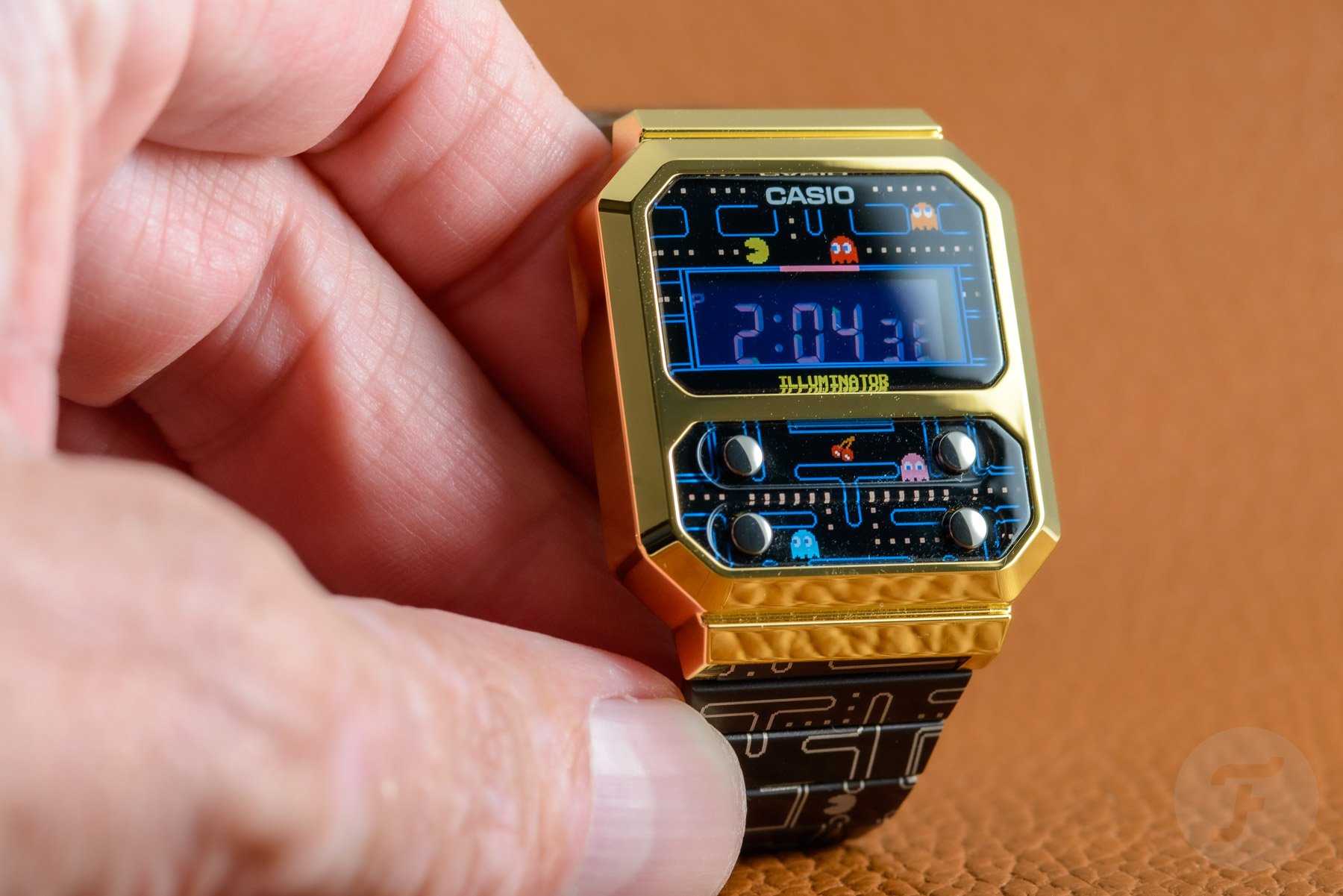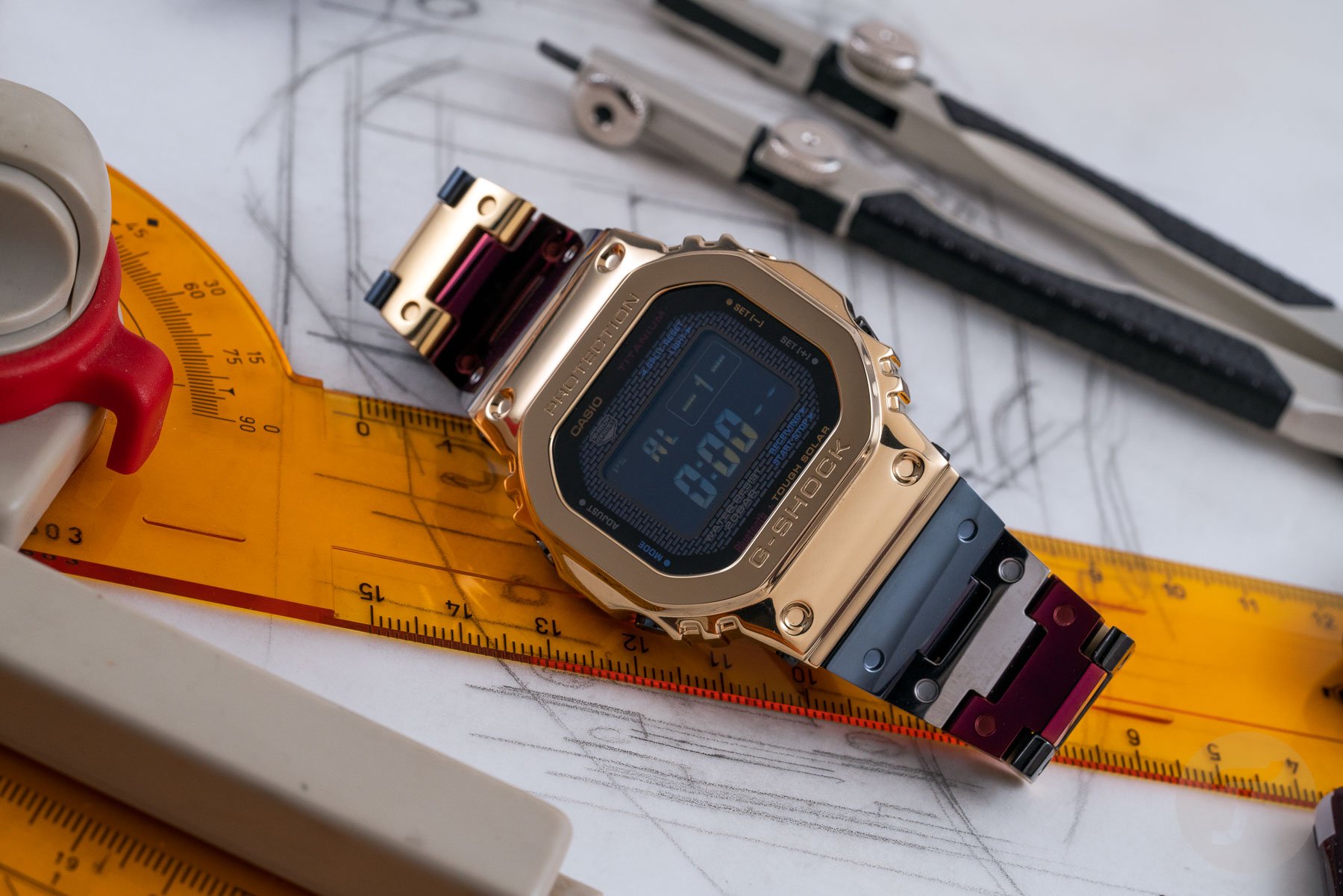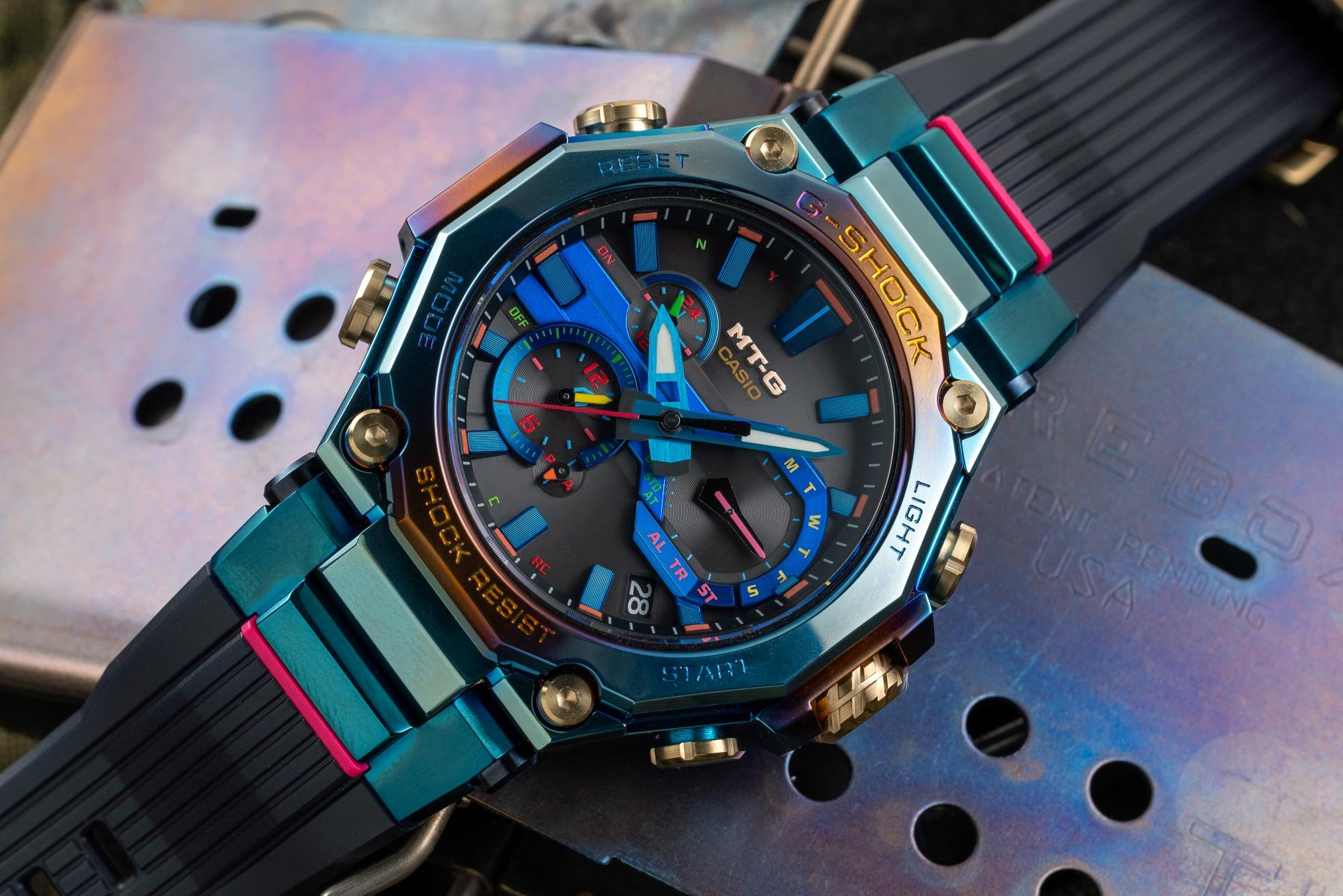How Watches Work: What Is Ion Plating On Watches?
If you know what ion plating is already, then high five to you! For those of you who don’t, you’ve more than likely come across it before without realizing it. Ion plating is one of these terms used to describe coatings applied to watch cases and bracelets. Sadly, there seems to be a lot of misinformation about it, and sometimes the different terms get used interchangeably. So, what exactly is ion plating?
As I mentioned, ion plating, or IP, is a type of coating used by brands on metal parts. It’s a type of PVD (physical vapor deposition) coating that comes in a range of different colors. It is a very durable type of finish, which not only has aesthetic benefits but also adds a protective layer to the surface. This can help protect against scratches and everyday wear and tear.
So, why use ion plating?
Ion plating uses a thin layer of the coating material, meaning you need less to coat the item than with other coating methods like DLC (diamond-like carbon). What’s the result? Less material means cheaper production costs, which ultimately means cheaper costs for consumers. Win-win! As mentioned, ion plating allows brands to finish watches in different colors other from black. Want a rose gold or yellow gold finish without splurging on expensive precious metals? Don’t worry; we got you. For example, Casio uses gold ion plating finishes to great effect on some of its watches, offering collectors gold-hued and other funky-colored watches for budget-friendly prices.
How is ion plating applied?
Due to the thinness of the coating, any imperfections on the surface of a part will show up, so it’s imperative that the part is thoroughly cleaned before starting. Even microscopic dust particles will ruin the process, meaning you must strip the part and start all over again. The cleaning and application take place inside of a vacuum chamber. While being integral for the coating, it also aids the cleaning process.
The cleaning process is typically known as sputtering. By subjecting the part to ions of another material, such as argon gas, the impurities are stripped away instead of sticking to the surface. Once the cleaning is complete, the coating can begin! This is where it gets pretty scientific, so I hope you paid attention during science lessons at school.
Next up, a bonding agent must be applied to the material’s surface to help the coating form a strong bond. Introducing an electrical arc current then vaporizes the coating and the bonding agent, which is then directed to the surface material. An opposing electrical charge is introduced into the substrate material in order to attract the ionized gas (the ion plating). So, essentially a physical vapor is deposited onto the surface of the metal, and… voila! That’s where the name of the PVD process comes from. It’s simple, really.
Getting funky with it!
Now it really does get even more interesting. Sure, you can apply a single coat of IP, but that’s just boring. The layers are so incredibly thin, with a single layer often ranging from 2-5µm (microns). For reference, DLC coatings are usually 2-4 microns thick. With that in mind, you can apply several layers of ion plating to double or triple up on the protective elements. The possibilities are nearly endless. While applying more layers isn’t necessarily interesting, the fact you can mix coating types to achieve wild and wacky finishes certainly is! You only have to look at Casio’s “Rainbow” finishes to see some of the more extreme options. As these layers are all so thin, no loss of detail is incurred on the original surface material, so polished or matte/brushed finishes are all possible with the wonders of ion plating.
Let’s be honest here. Not all of the wacky possibilities appeal to all folks. To be totally honest, I’m not a massive fan of Casio’s “Rainbow” finishes, but some of the Fratello team love ’em. It goes to show that ion plating opens up new doors for watch design, and I’m excited to see what the future holds as coating techniques develop further.
Follow me on Instagram: @davesergeant | @fratellowatches



